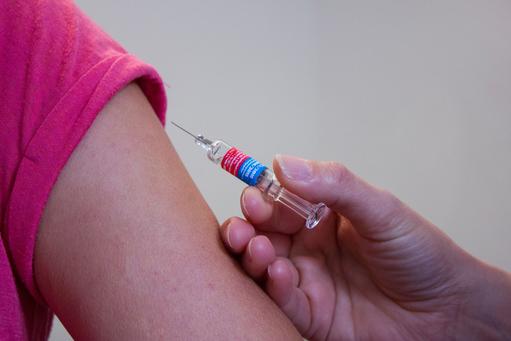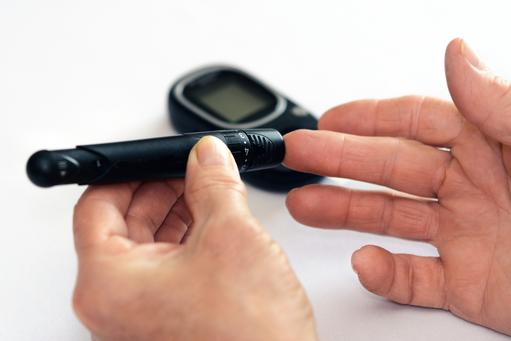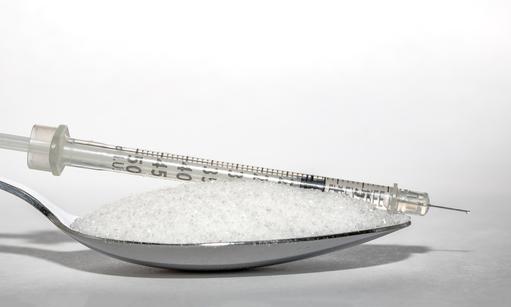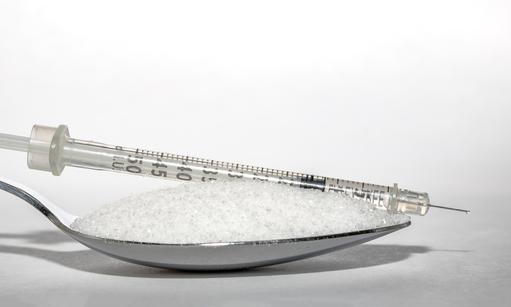The importance of measuring the impact of diabetes care
- Bill Gates says that measurement is key to reducing disease
- Type-2 diabetes is the fastest growing health threat of our time, it is preventable, but not properly measured
- Expensive diabetes programs fail to dent the burden of the disease
- Taxpayers have a right to know the annual impact of diabetes care and education on the incidence, outcomes and costs of the disease
- Healthcare agencies must agree and report clear goals that drive progress
Bill Gates is right. Measurement is central to the success of reducing the global incidence of diseases. Can we learn something from Bill Gates to help reverse the epidemic of type-2 diabetes: a preventable disease, which is spiralling out of control, and set to bankrupt healthcare systems?
Dr Syed Sufyan Hussain, Darzi Fellow in Clinical Leadership, Specialist Registrar and Clinical Lecturer in Diabetes, Endocrinology and Metabolism, at Imperial College London, describes the challenge:

(click on the image to play the video)
The UK
Similar to other developed nations, diabetes in the UK is the largest and fastest growing health challenge of our time. Since 1996, the number of people living with diabetes in the UK has more than doubled: 3.9 million people now have diabetes, another 9.6 million are at high risk of getting type-2 diabetes, and every year, that number is rising dramatically. If nothing changes, in 10 years time more than four million people in England will have diabetes. This suggests that current diabetes care programmes and education are failing.
Diabetes is expensive, and current annual treatment costs alone are about £10bn - some 10% of the annual NHS budget - and 80% of this is spent on managing avoidable complications. For example, diabetes is the most common cause of lower limb amputations, and over 6,000 happen each year in England alone. The result is frequently devastating in terms of social functioning and mood, and poses a considerable cost to healthcare providers, while the financial burden on patients and their families can be enormous.
The total annual costs of diabetes, which includes both direct and indirect costs, such as the loss of earnings because of illness, are difficult to measure, but are estimated to be about £24bn per year. If nothing changes, these costs are projected to rise to nearly £40bn in 20 years. This further suggests that current diabetes care programmes and education are failing.
Doing more of the same
In its 2015 State of the Nation Report, Diabetes UK (DUK), a large and influential charity, urged the UK Government and NHS England to do more in order to ensure that people with diabetes get the support and education they need to manage their condition. However, if the UK government and NHS England do more of the same, nothing will change, and diabetes will continue to escalate, destroying lives and costing billions. Let us go back to Bill Gates.
Measures to drive progress
“I’ve been struck again and again by how important measurement is to improving the human condition. You can achieve amazing progress if you set a clear goal and find a measure that will drive progress toward that goal . . . . This may seem pretty basic, but it’s amazing to me how often it is not done,” says Gates.
The UK government, NHS England, Public Health England and DUK do not share an agreed set of indicators, which measure and report on the impact of diabetes care and education. Given that each year billions are spent on diabetes, these agencies should be obliged to report annually on the impact that their diabetes care and education programs have on the prevalence, outcomes and costs of diabetes. Let us return to Bill Gates, and his efforts to reduce the global burden of HIV.
Bill Gates
The 2013 annual report of the Melinda and Bill Gates Foundation stresses that it, “Enhances, the impact of every dollar invested by improving the efficiency and effectiveness of our HIV program, [which] supports efforts to reduce the global incidence of HIV significantly and sustainably, and to help people infected with HIV lead long, healthy, and productive lives. The global incidence of HIV has declined 20% since its peak in the mid-1990s.”
Now, tweak the above paragraph to create a gold standard annual report of the state of diabetes in the UK. The government, NHS England, Public Health England and DUK, “Enhances the impact of every pound invested in diabetes by improving the efficiency and effectiveness of our diabetes programs and education [sic], which support efforts to reduce the UK’s incidence of diabetes significantly and sustainably, and to help people living with diabetes to lead long, healthy, and productive lives. [Notwithstanding,] since 1996, the UK’s incidence of diabetes has increased by 110%, complications have increased by 115%, and annual treatment costs have increased by at least £2bn.”
Changing demographics
In the above paragraph we used indicative numbers to show direction. Some, but not all, of the reported increases can be explained by demographic changes. For example, over the past 20 years, the UK’s population has increased by 5.5 million and aged, and now more than 18% are over 65, and this cohort is rising. According to the Office of National Statistics, 60% of the population increase is due to immigration. David Coleman, a professor of demographics at Oxford University, suggests that this mass influx of migrants has given the UK, Europe’s fastest-rising percentage of ethnic minority and foreign-born populations, and by 2040 foreigners and non-white Britons living here will double and make up one third of the UK population.
This has important healthcare implications because type-2 diabetes is more than six times more common in people of South Asian descent, and up to three times more common among people of African and African-Caribbean origin. Studies show that people of Black and South Asian ethnicity also develop type-2 diabetes at an earlier age than people from the White population in the UK, generally about 10 years earlier. All these factors have a knock-on affect for healthcare. According to the Institute of Economic Affairs the changing demographics in the UK has created a “debt-time bomb’ that will require the end of universal free healthcare.
Takeaways
Diabetes plays a prominent role in the health of the UK, and not all of its rising burden can be explained by changing demographics. The escalating burden of type-2 diabetes can be reduced and prevented by effective management and education, which engage people living with, or at risk of diabetes, and changes their behavior. Current education programs fail to do this.
Instead of asking the government and NHS England to, “do more”, is it not time for those responsible for diabetes care to learn from Bill Gate, and, agree and report annually, measures that inform on the impact that diabetes care and education is having on the incidence, outcomes and costs of diabetes?
|































